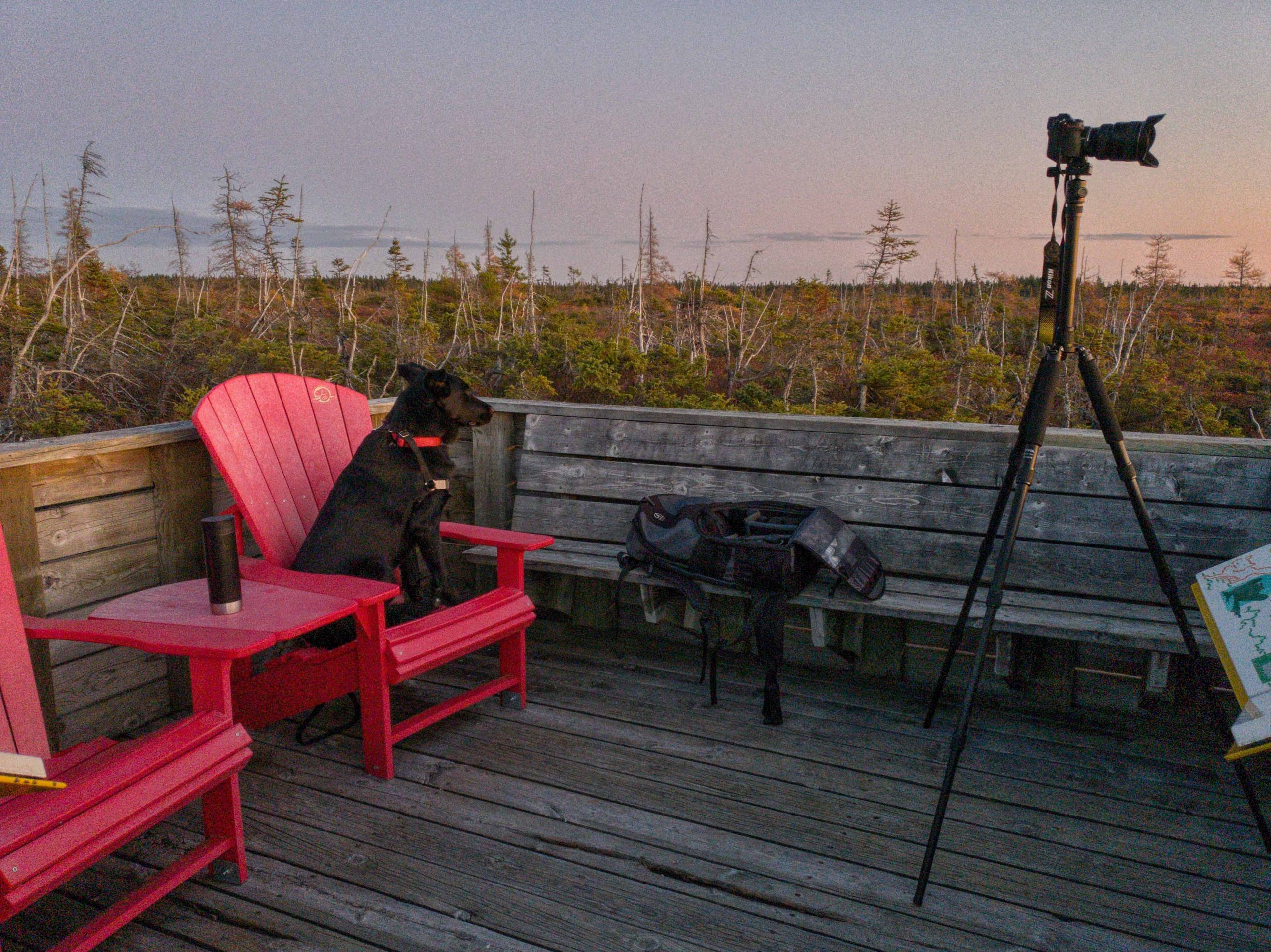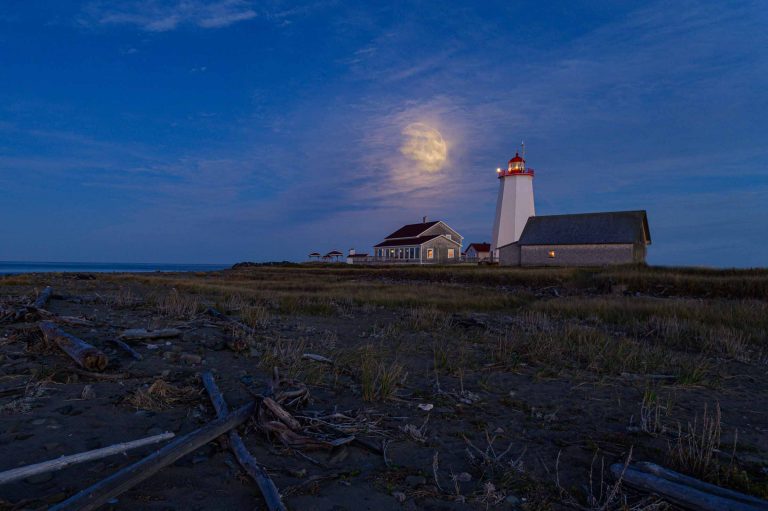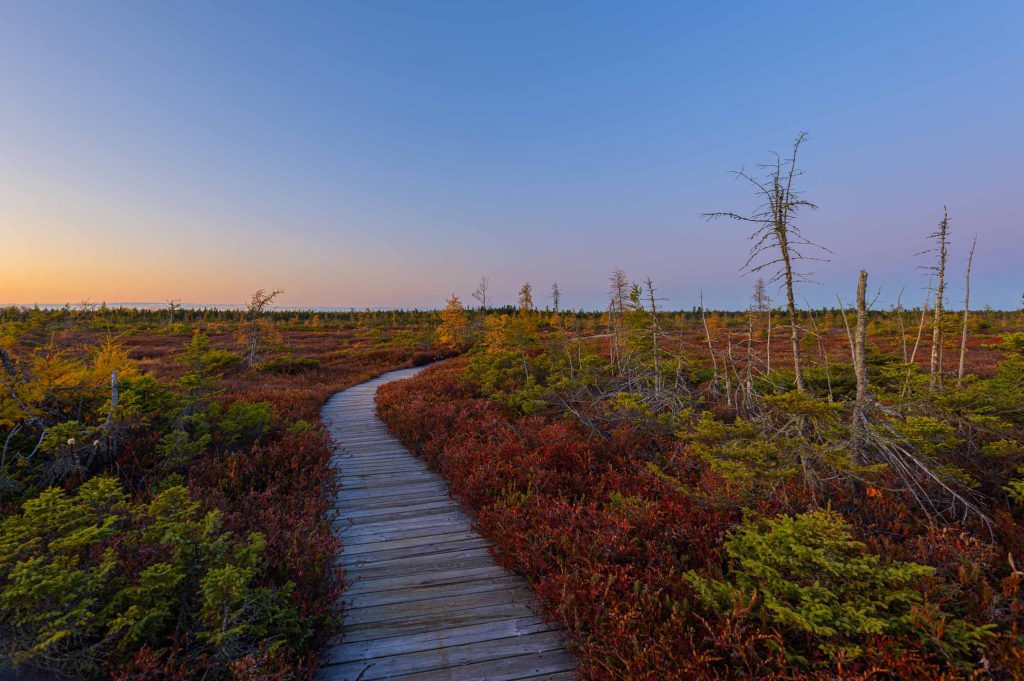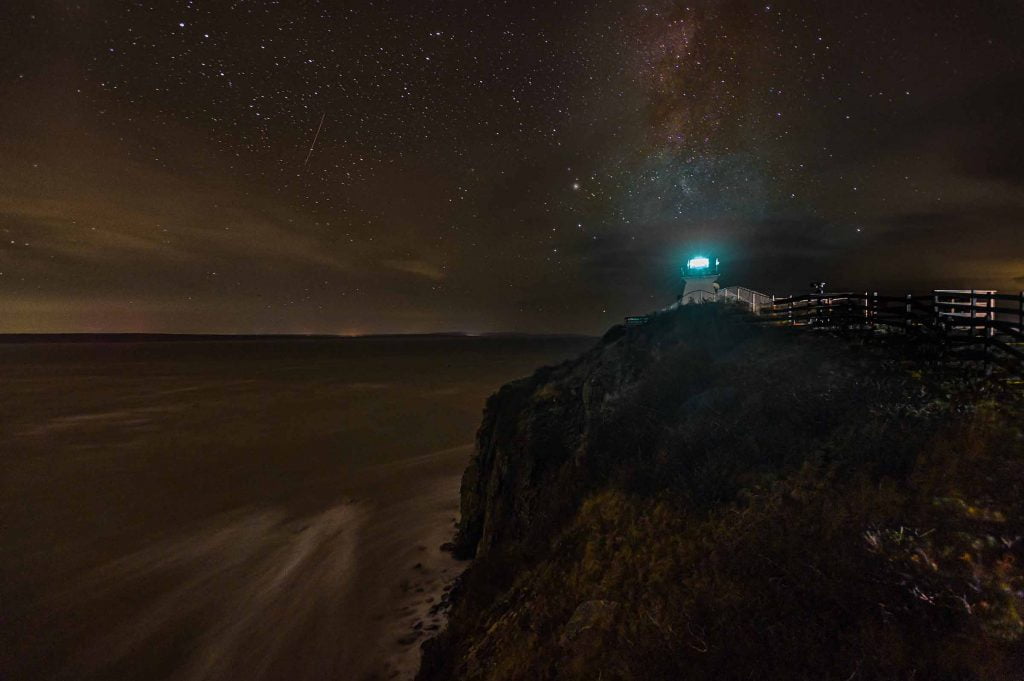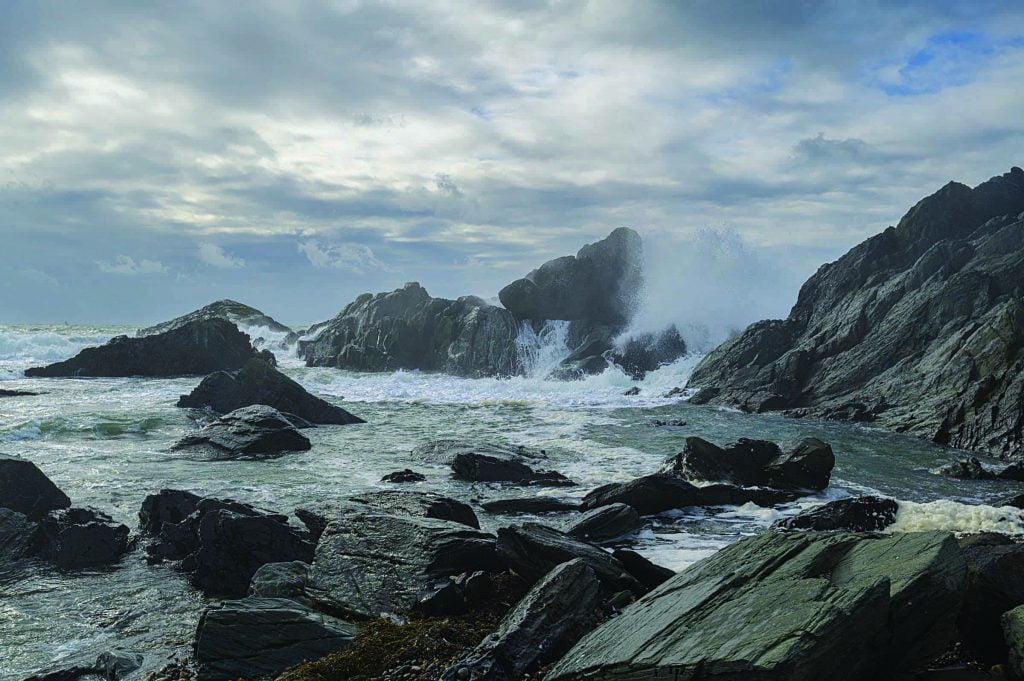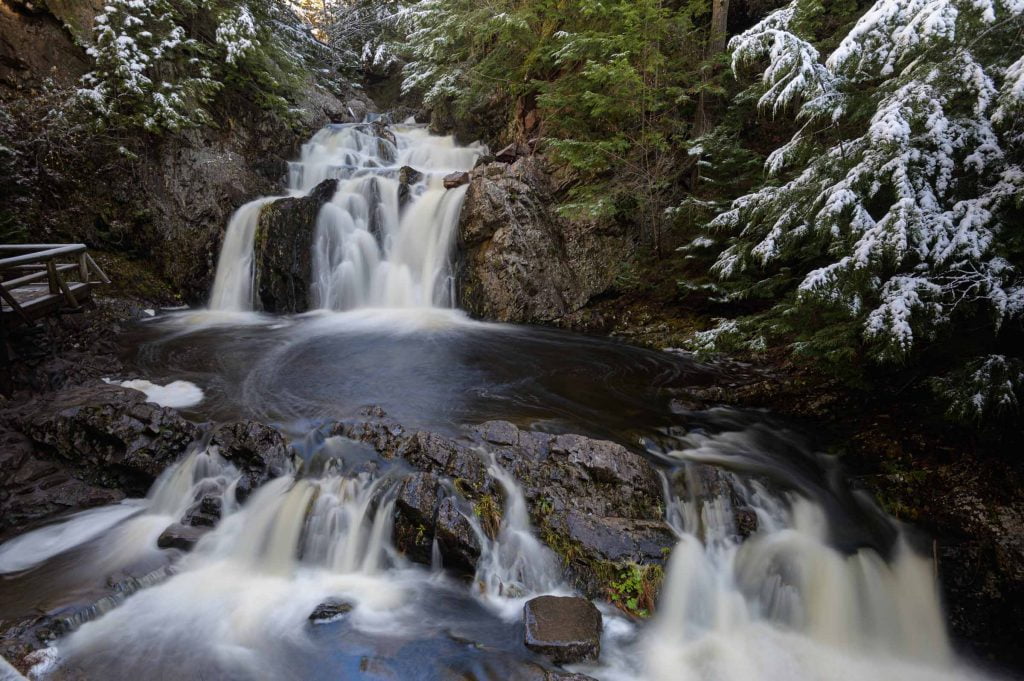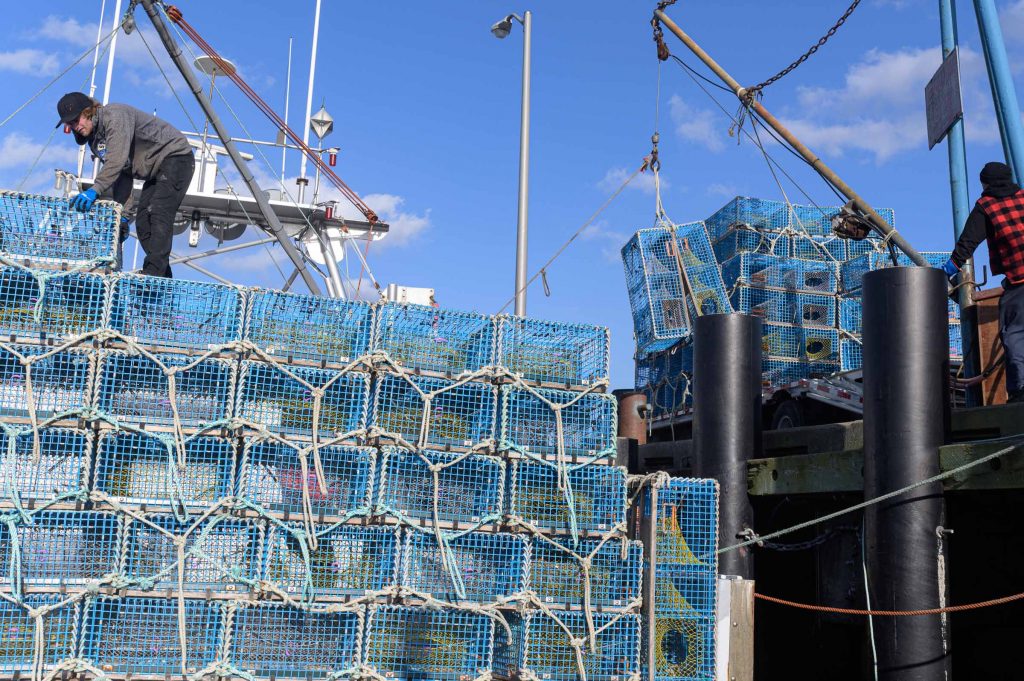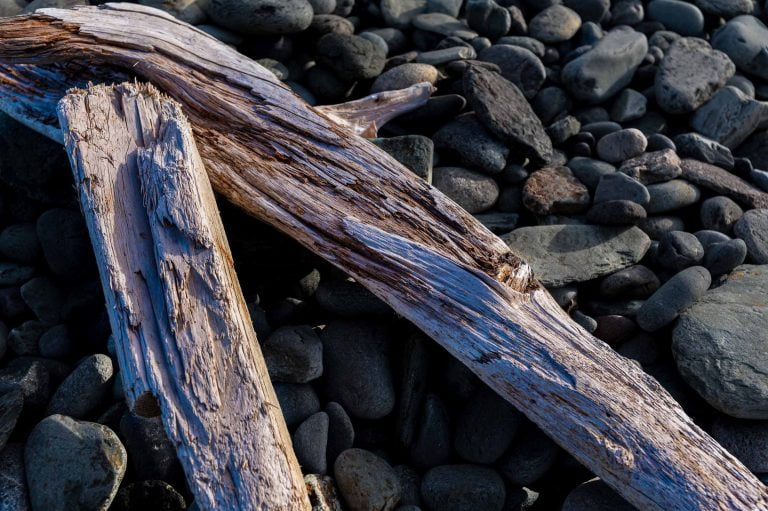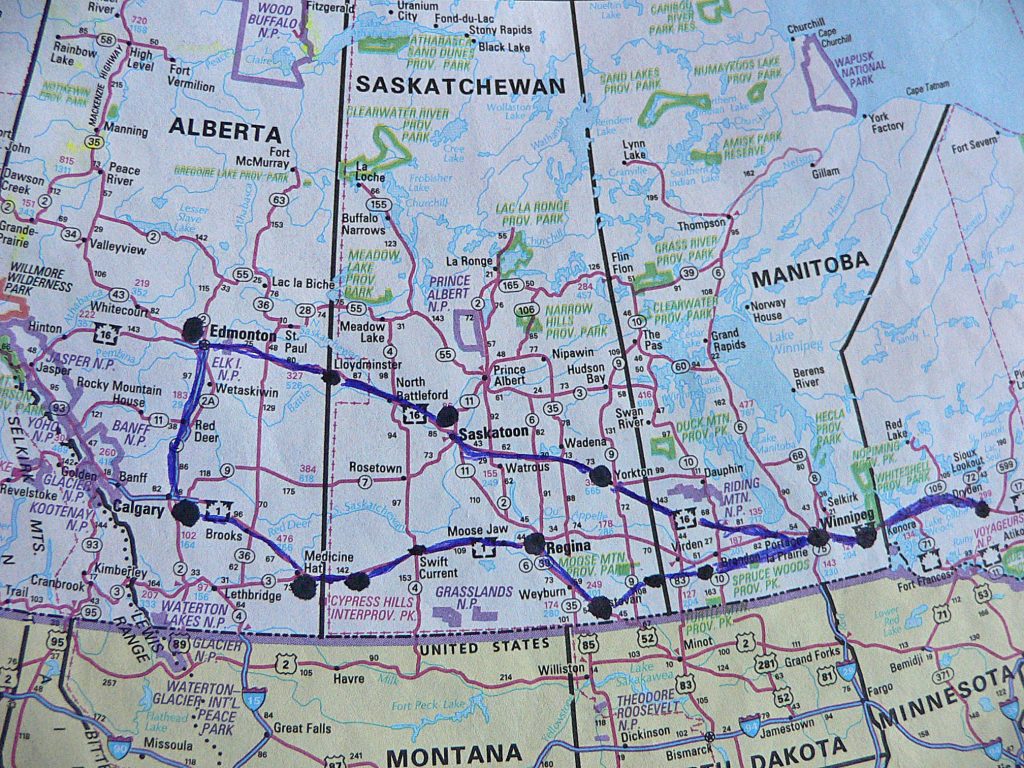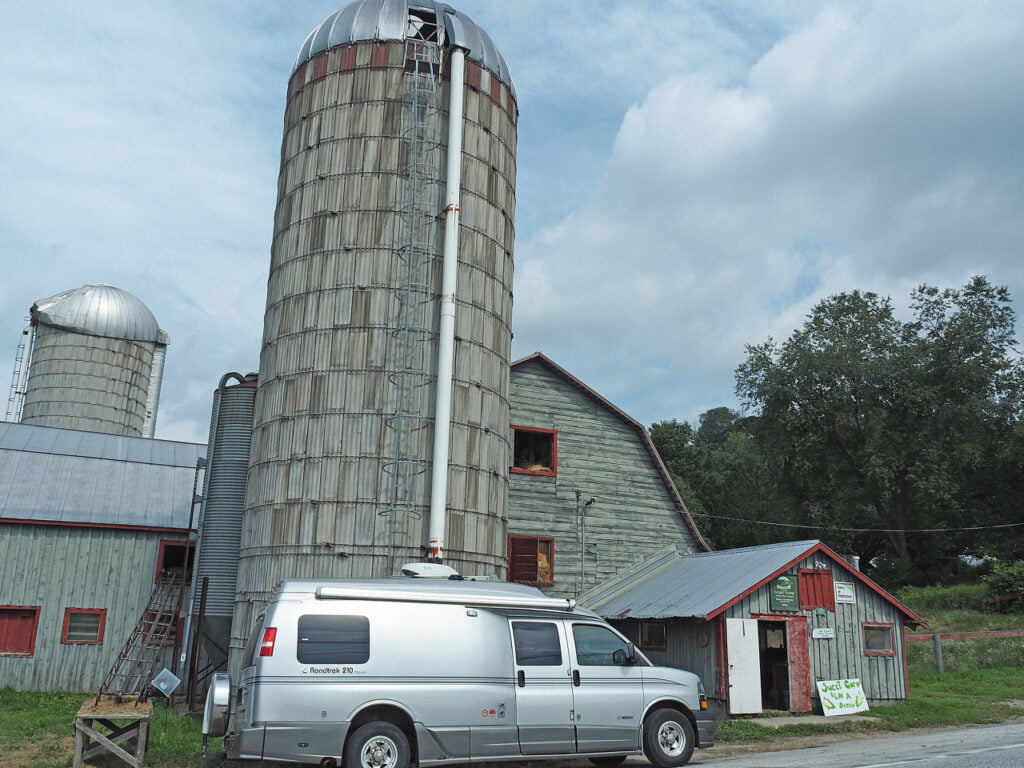I’m a photographer, documentary filmmaker and writer who sold my house in May 2019 and began preparations for a year-long, coast-to-coast-to-coast trek around Canada. The goal is to go as far east, west and north as possible by road, visiting all 10 provinces, the Yukon Territory and the Northwest Territories; Nunavut isn’t included because you can’t get there by road. This is the first in a four-part series of stories from the road in the course of this adventure.
My research began long before May. In late 2018, I started looking into trailers, tow vehicles, routes, climates and how I could manage a year in a trailer. I decided on a 2019 Outdoors RV Mountain Series 20SK, and my tow vehicle is a 2016 Dodge Ram 1500 EcoDiesel. Trailer choices were limited because there are few so-called four-season trailers available; others I considered were the Northwoods Arctic Fox line and Lance trailers. Ultimately, I went with the ORV because it came with some features that were options on other trailers, specifically a solar panel and integrated generator. I added a second solar panel and installed an inverter to have 120V AC power without running the generator.
Truck choices are more varied. I chose the Ram EcoDiesel because of the towing capacity and the smaller, more fuel-efficient diesel engine. To get the same towing power in other trucks would have meant choosing a bigger, V8 engine. The diesel produces cleaner emissions than a gas engine, which is a plus since one of the film projects I’m working on is about climate change. The truck also has a 120V outlet in the cab that charges camera batteries, which is ideal for a photographer.
You may be wondering how someone can afford to take a year off to travel the country. Being self-employed definitely helps; being single and without kids also makes a big difference. But this trek is not just a long vacation; I’m also working on two documentary film projects, writing and doing a lot of photography.
THE ADVENTURE BEGINS
The only place to get the trailer I wanted was in British Columbia. After driving out there and back in late July and early August, I was back in Ontario (where I’m based), and after several delays, the trek officially began on October 4 when I got to New Brunswick. New Brunswick is a beautiful province, and getting there for the fall colours was that much better. Autumn in the northern part of the province, before Thanksgiving, was spectacular – with brighter colours than anything we have seen in southern Ontario for years.
Nearly full moon rising over Miscou Island Lighthouse
Because I hadn’t been to the province before, I didn’t know that French is the primary language in much of northern New Brunswick. The Acadian identity is very strong here, as it is in several parts of Nova Scotia, too. My French? Not so good. “Je m’excuse mais mon français est très faible” (I’m sorry but my French is very weak), and “Votre anglais est plus meilleur que mon français” (your English is much better than my French), became my two get-out-of-jail-free cards. An interview I did for one of my film projects was conducted in French; despite my practice, the interview subject still got a chuckle from my stumbled and bumbled attempts. I’m happy to say I was only mocked once, though – by a counter worker at McDonald’s.
Something else that has been (not really) fun early on is Google Maps driving directions. Fun isn’t the right word, but this is a family-friendly publication. Google doesn’t know you’re hauling a 6,500+-lb. trailer, so repeated exhortations to “make a U-turn” whenever you miss a turnoff begin to grate on your nerves after a while, after about 30 seconds, really. Google also doesn’t take you on the best roads, just the fastest route. This can mean some pretty interesting dirt roads. It didn’t take long to figure out the New Brunswick road numbering scheme, though; the higher the number, the worse the road. Single- and double-digit roads are great. Low triple-digit roads are fine. As for the high triple-digits, the 700 and 900 roads? We’re pretty much talking fur trade-era horse-drawn carriage spine busters.
A QUEST
About 20 years ago, I began a project to photograph and document all of the remaining lighthouses in Canada. Completing this project was one of the things I hoped to do on this trip. Unfortunately, I discovered fairly early that this was not going to be possible. One reason is that there has been so much construction in previously undeveloped areas that many of the lighthouses are now on private property. Another reason is that the roads leading to many of the lighthouses are not navigable pulling a trailer. (Amateur tip: If you want to practice backing up, take your trailer onto roads you really shouldn’t.) Rather than try to photograph all of the lighthouses, I decided to do many of the ones I could get to and concentrate on the more historically important and famous ones.
One of these is at the very northern tip of New Brunswick on Miscou Island. It’s a beautiful spot, and I came back here a few different nights.
On the drive to the lighthouse, you pass a wonderful feature of autumn in New Brunswick. The province is replete with peat bogs covered by low-growing plants that turn a brilliant red in fall. It was not possible to park with the trailer at the bogs on Miscou Island, but Kouchibouguac National Park has a trail through a bog that’s stunning. At the end of the trail is a little sitting area where you can take in the surroundings, have a picnic, or just rest before heading back.
Kouchibouguac NP was one of the few campgrounds open in October. Most of the private campgrounds and all of the provincial campgrounds closed very early, at the end of September. The Kiwanis campground in Saint Andrews was open until Thanksgiving Monday, and All Done RV Camping, a short drive north of Sussex, was open even later. To find places to stay in the off-season, as well as propane and dump stations, I’m using iOverlander; it’s a popular, crowd-sourced app for both Apple and Android platforms, where campers contribute information on a whole host of things from formal and informal campgrounds, to propane filling locations, dump locations, water filling places and others.
La Tourbière bog in Kouchibouguac National Park at sunset
The last established campground I was able to stay at on the mainland was Fundy National Park toward the northern end of the Bay of Fundy. I also managed to find the Castalia Marsh Retreat on Grand Manan Island open late in the month – no water, just electricity. For an overnight stay, that was fine. The owner, who’s definitely a character, has chickens and sells free range eggs, which are spectacular (the eggs, that is – I didn’t get to try a chicken).
The road into Cape Enrage is steep and winding. It would be a lot of fun in a little two-seater with a manual transmission. In a truck pulling a 6,500-lb. travel trailer? Less so, which is why I was glad to be able to leave the trailer at Fundy NP. Being able to drop the trailer and drive around makes getting into some places much easier.
When you get to the top of the cliffs at Cape Enrage, you know immediately how it got its name. The water roils around the cape and on this particular night, was driven even more by hellacious winds. As I stood on a viewing platform, I had to grab my tripod a few times to keep it from being blown over. Between sunset and full nightfall when stars were visible, I sat in the truck waiting. Have you heard of the phrase the wind whistling through the wires? On this night the tune the wind was singing was eerie and haunting. The truck rocked, and not gently – rather a jerking, violent back-and-forth that was a little unsettling.
The Milky Way over Cape Enrage Lighthouse
The Wicked Winds of the East
Already, there have been a few times when winds have been more than a little uncomfortable in this adventure. Wind is something that plays havoc with trailers. It makes driving difficult and exacerbates dreaded sway. When parked it can rock the trailer quite violently, making sleeping uncomfortable.
Winds driving waves over 30-40 foot rocks and cliffs at Cape Forchu, NS
Winds on the east coast are a fact of life. Sou’westers and Nor’easters are common. I spent two days in Saint John waiting out a storm. At one point, on the morning of the second day, wind hit the trailer so hard I thought something had actually slammed into the side.
On a Friday night later in November, at a place called Pleasant Bay, Nova Scotia, it was anything but pleasant; winds were gusting over 100 km/h and for a brief moment, around 2:00 in the morning, I actually felt lift in the trailer.
Driving back through Cape Breton Highlands National Park the next morning to Cheticamp was no better. Winds were still gusting to over 100 km/h. What had been rain down at the coast in Pleasant Bay was snow and ice in the mountains. A couple inches of snow and ice on the roads and white-out conditions made the drive slow and slippery. (With these experiences out of the way and with any luck, driving across the Prairies in early January, and up into the Yukon and NWT in February and March, should be a cinch. Ha!)
Having spent a month in New Brunswick, I think I’m safe in saying that it is quite RV friendly. Campgrounds are open later in the season, there are lots of places to fill propane tanks and lots of dump stations.
Nova Scotia is a bit of a different story. After spending nearly a month there, I would say that it is not nearly as RV friendly as New Brunswick – fewer places to fill up on propane, fewer places to dump waste tanks, fewer places to fill fresh water tanks. And fewer people willing to accommodate RVers than in New Brunswick. I know there are likely people from Nova Scotia reading this who will disagree, and I know there are likely people who have travelled through Nova Scotia who will disagree. All I can relate is my own experience.
One thing that was a nice surprise in both provinces is selling propane by the pound. In Ontario, about the only place I’m aware of where that happens is Costco.
A NOTABLE VENTURE
The Peggy’s Point lighthouse is a must-see for most people visiting Nova Scotia. The village of Peggy’s Cove is often overlooked; it’s a tiny fishing village on the eastern coast of the province, yet it has a quaint beauty that is enticing.
Being the off-season, I was able to stay overnight in the parking lot of the visitor centre. Another place I was able to stay overnight was the parking lot at Victoria Park in Truro. The iOverlander app has conflicting information about whether this is possible; no police knocked on my door during the night to ask me to move, is all I can say. This is a hidden gem in the heart of the town – a large urban park with hiking trails, waterfalls, picnic areas and playgrounds for kids. When I stopped, there had been a light dusting of snow overnight, making the scenery quite lovely.
Peggy’s Cove at sunset
Waterfall at Victoria Park in Truro
Fishers loading lobster traps onto a boat ahead of the season
Can You Hear Me Now?
We take cellphone service for granted in urban centres. There isn’t much urban about most of New Brunswick and Nova Scotia. Cell service is spotty and non-existent in some places. Those winds at Pleasant Bay? If anything had happened, there was no cell service and I wouldn’t have been able to call for help.
As frustrating as it can be for the traveller, those on the other end of conversations can find it equally frustrating. A fellow photographer was prepping some images for a competition. He asked if I’d help with choosing which ones to enter. The email conversation went something like this:
Him: Do you think you can look at those images?
Me: Will try to do it tonight. No guarantees, it’ll depend on cell service.
Him (next morning): ?
Me: Nope. No cell service. Should have tonight.
Him (next morning): ? Anything?
Me: Nope.
Nova Scotia is driven by the fishing industry even more than New Brunswick. Driving around the province, most every village and town has a port, or a wharf for the local fishermen. Lobster has grown in importance as a cash catch, with season openings starting at different times (usually mid-October to mid November) in different parts of the Maritimes. Parking with my trailer at a number of the wharves was not a problem; once the season opened, this would not have been possible, due to all the fishers’ vehicles.
As for the roads in Nova Scotia? Pretty much like New Brunswick – once you get past the low triple-digits, it’s kidney bruising time.
Many popular tourist stops are not nearly as busy in the off-season, obviously. This is a benefit of being able to travel with a trailer outside of the heavy tourist season. At Louisbourg – an important historical battleground in the Seven Years War – the parking lot in late November was nearly empty on a Sunday afternoon, and parking with the trailer was quite simple. The downside is that very little is actually open in the off-season.
A two-part hiking trail leads through the woods away from the lighthouse to a cobble beach at the break between the two sections of trail. It was here I found some lovely driftwood with a curious pink hue. There are pink sea salts, so my guess would be that some sort of chemical compounds in the salt water of the ocean had caused the wood to turn this colour.
Pink-coloured driftwood at Louisbourg, NB
On a final note from Nova Scotia, I’m writing this article in a pub in Chéticamp on Cape Breton Island called The Doryman. They have graciously allowed me to plug in my laptop and use their free WiFi. I can highly recommend the fries!
Taking into account the proud Acadian heritage in both provinces, I’ll say bonne journée et à bientôt.

